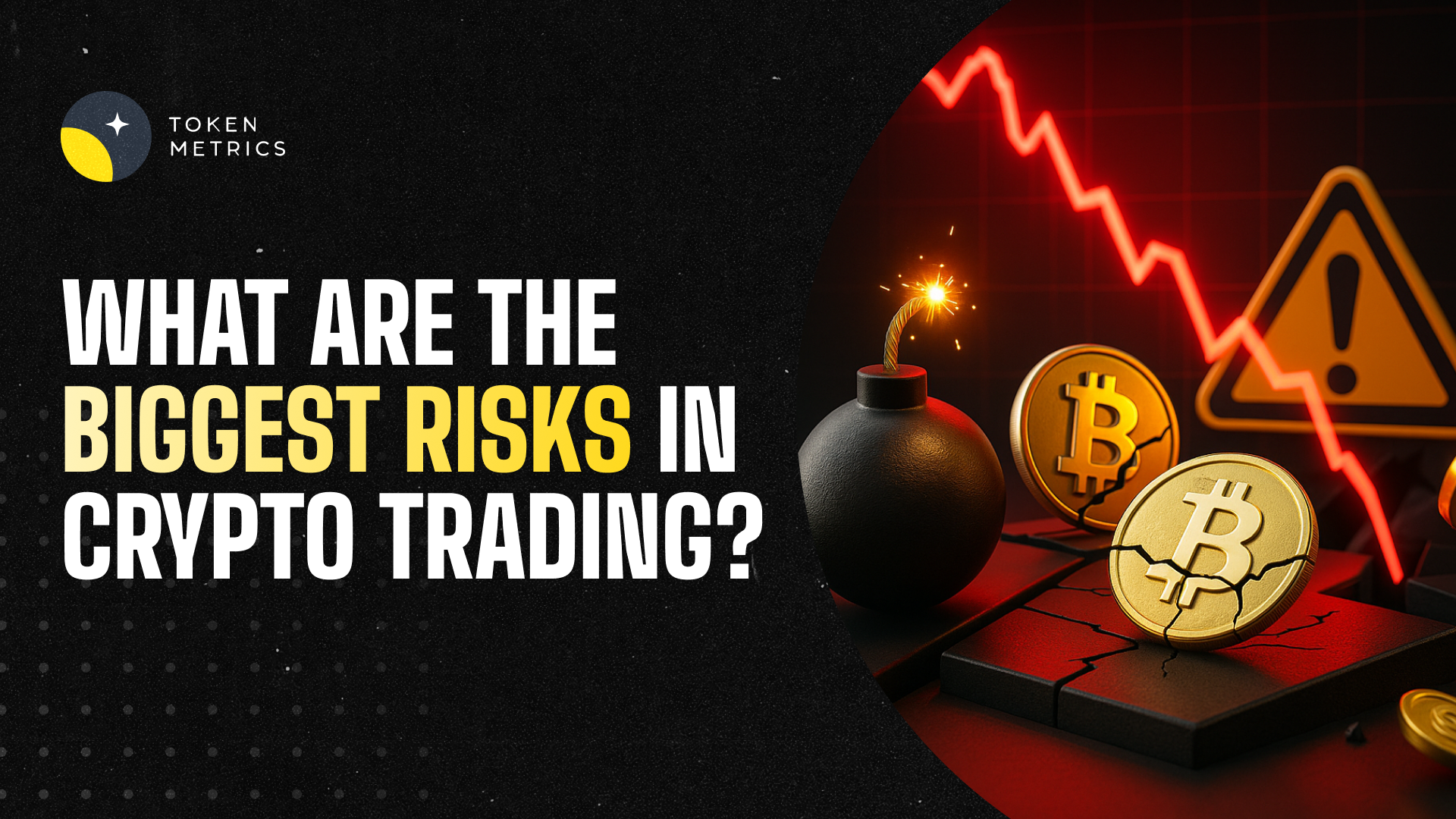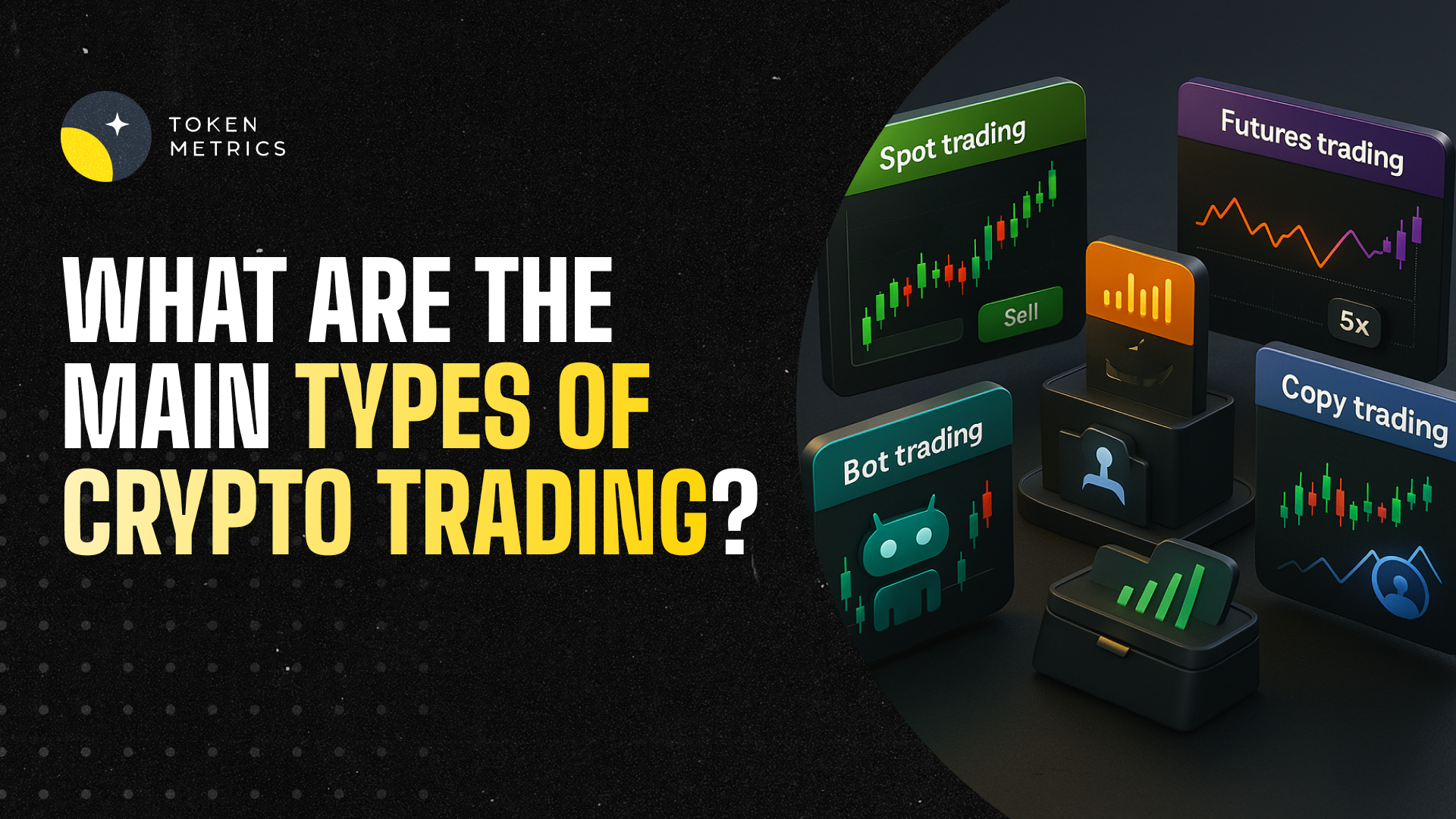How to Find Free APIs with Historic Price Data for Crypto Research

In the rapidly evolving world of cryptocurrencies and digital assets, access to accurate, comprehensive, and historic price data is foundational for researchers, developers, analysts, and hobbyists alike. Whether you’re building trading bots, backtesting strategies, conducting academic studies, or simply tracking market trends over time, the availability of free APIs with robust historical data can open new doors for innovation and analytical depth. But with countless options, variable data quality, and API limitations, finding the right free resource can be daunting.
Why Is Historic Price Data Critical in Crypto?
Historical price data isn’t only for traders or speculators—it is essential for anyone aiming to understand the market's behavior over time. This data reveals trends, volatility, seasonality, and the impact of macro events on prices. Developers depend on historical data for:
- Strategy Backtesting: Testing trading or AI models using real market conditions.
- Market Analysis: Uncovering long-term patterns or anomalies.
- Research & Education: Academic projects, whitepapers, and teaching the fundamentals of market behavior.
- AI Training: Feeding machine learning models for price prediction, anomaly detection, or classification.
A robust dataset is the groundwork for any serious analysis, making API access to historical pricing more than a luxury—it's a necessity for modern crypto professionals and enthusiasts.
Key Features to Look For in a Crypto History API
Before evaluating specific API options, it’s important to identify what makes an API truly useful for accessing historical price data. Consider the following criteria:
- Data Depth & Breadth: Look for APIs providing long price histories, ideally dating back several years, and supporting multiple coins and markets.
- Granularity: Minute-by-minute, hourly, and daily price granularity enhance flexibility for different analytical needs.
- Free Tier Limits: Many APIs set rate limits or restrict historical depth on free plans—review these carefully.
- Reliability & Uptime: Established, well-maintained APIs with high uptime and documentation are preferable.
- Data Types: Consider whether the API covers not just closing prices but OHLC (open, high, low, close), volume, and market cap.
- Consistent Formatting: Predictable and documented endpoint formatting makes integration faster and less error-prone.
Factoring in these features ensures the API you choose is not only free but genuinely fit for your research or development purposes.
Top Free APIs for Historic Crypto Price Data
Several reputable providers offer free access to a vast array of historic price data. Here is an overview of some leading options:
-
CoinGecko API
One of the most popular data sources, CoinGecko provides access to price charts, market data, and volume across thousands of coins. The free tier allows significant historical depth and broad coverage, though rate limits apply. -
CryptoCompare API
CryptoCompare offers daily, hourly, and minute-level historical price data for many pairs. Its free plan supports substantial requests but may throttle heavy use. -
CoinCap API
CoinCap supplies historical price and market cap for many assets with quick and simple endpoints suited for integration with lightweight apps. -
Binance API
From the world’s largest crypto exchange, the Binance API offers detailed market data and OHLCV price histories (mainly for trading pairs listed on Binance) with generous free request limits. -
Token Metrics API
Built for AI and quantitative research, the Token Metrics API goes beyond just prices—offering historical charts, on-chain data, and proprietary signals designed for in-depth research and smarter AI agents.
Other notable mentions include Messari, Nomics, and CoinAPI, each with varying free access tiers and data specialization. When selecting an API, align your choice with the project’s technical requirements and budget for possible future scaling, as advanced features may require a paid plan.
How to Integrate and Use a Free Crypto History API
Once you’ve selected a suitable API, the integration process generally follows a few standard steps:
- Signup & Access: Register for a developer account, generate your free API key, and review the documentation for authentication guidelines.
- Review Endpoints: Locate endpoints related to historical data (e.g., ‘/historical’, ‘/ohlc’, or ‘/price-history’).
- Build Queries: Construct queries based on available parameters—such as asset, date range, and interval (minute, hour, or day).
- Handle Rate Limits: Implement proper rate limiting in your code to prevent throttling or bans.
- Parse & Store Data: Retrieve data in formats such as JSON or CSV, then parse and store for use in analytics, dashboards, AI model training, etc.
Open source libraries and SDKs can further streamline integration. Many providers, including Token Metrics, offer sample code in Python, JavaScript, and other leading languages.
Tips for Evaluating API Quality and Avoiding Data Pitfalls
Not all data and APIs are created equal. Here are strategies to maximize reliability and avoid common pitfalls:
- Cross-Check Data: Validate data between at least two sources before building critical research or models.
- Monitor for Gaps: Free APIs sometimes miss price points—especially for older assets or rapid market conditions. Regularly inspect for missing intervals or anomalies.
- Confirm License Terms: Most APIs prohibit commercial redistribution on the free tier. Always respect rate limits and usage terms.
- Assess Updates & Community: Favor APIs with active maintenance, transparent change logs, and an engaged developer community for best results.
- Think Scalability: If your needs may outgrow free tiers, ensure the API supports paid upgrades or alternative solutions down the line.
Remember, robust documentation and quality support can significantly reduce time-to-market and troubleshooting.
Build Smarter Crypto Apps & AI Agents with Token Metrics
Token Metrics provides real-time prices, trading signals, and on-chain insights all from one powerful API. Grab a Free API Key
FAQs on Free Crypto Historic Price APIs
What is a crypto history API and who needs it?
A crypto history API is an interface providing developers and researchers access to historical cryptocurrency price, volume, and market cap data. It's invaluable for quant analysts, academics, DeFi developers, and data scientists who require precise, reliable pricing data for backtesting, AI training, analytics, or reporting.
How far back do most free crypto APIs go?
Coverage varies by provider, but most reputable free APIs offer multi-year daily data (often since the coin’s listing). For minute-by-minute or more granular data, APIs may only cover 1–3 years or limit retrieval to recent market history.
Which free API is best for large-scale backtesting?
For large-scale backtesting with broad asset coverage, CoinGecko and CryptoCompare are frequently used due to generous historical depth and asset support. For advanced research and AI-powered insight, Token Metrics provides unique on-chain and technical indicators alongside historical prices.
Are free API tiers reliable for commercial use?
While many free APIs have solid uptime and clean data, their terms often prohibit extensive commercial use or high-frequency access. For mission-critical or high-volume applications, consider paid plans for guaranteed support and uptime.
Can I get historic price data for niche coins or tokens?
Coverage for niche or newly launched coins varies significantly. Broad aggregators like CoinGecko and Token Metrics aim to provide data for a vast range of assets. However, for esoteric tokens, data may be limited to popular exchanges or more recent trading history.
Disclaimer
This content is for informational and educational purposes only. It does not constitute investment advice, security recommendations, or financial guidance. Always consult a qualified professional and review relevant regulations before using any crypto data APIs in live projects.
Create Your Free Token Metrics Account

.png)




%201.svg)
%201.svg)


%201.svg)














.svg)




.png)